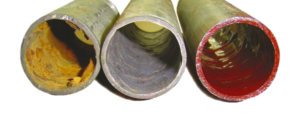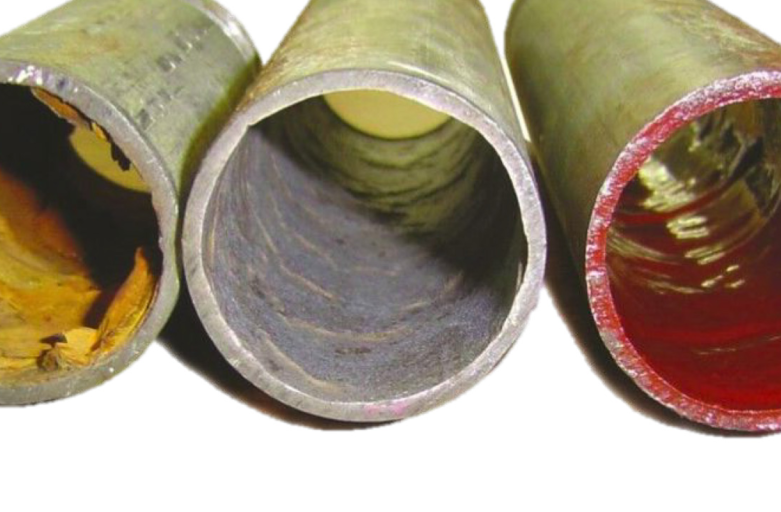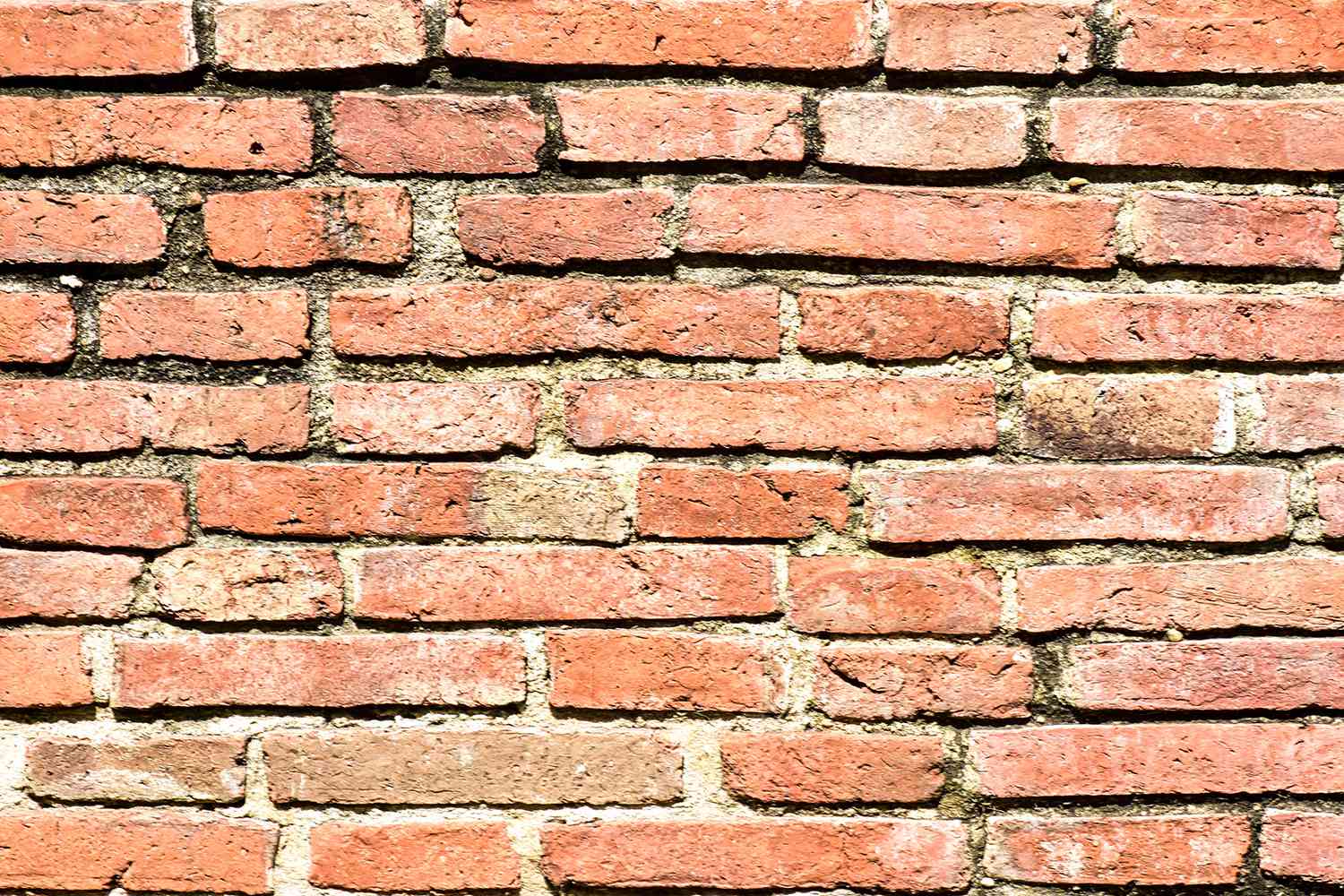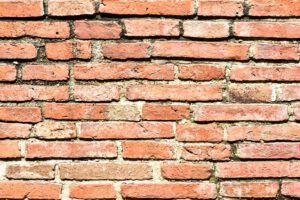The piping system in your home or building is important in providing safe, clean drinking water. Inspecting your pipes regularly and making necessary repairs to avoid serious problems like pipe corrosion is important.
Epoxy Pipe Lining is a non-invasive method of pipe repair that can be completed in a few days. It is durable, corrosion-resistant, and cost-effective.

A traditional sewer repair involves digging up and replacing the damaged pipe. However, this is not only inconvenient for residents and businesses, but also expensive and time-consuming.
Trenchless technology, on the other hand, uses modern technology to restore and protect pipes with epoxy linings without causing any disruption to the environment or your property. It can be used to restore sewer mains, water pipes, steam lines, and even electrical cables. Compared to traditional methods, trenchless technology is more cost-effective and less time-consuming.
The first step of the process is to assess if the pipe in question qualifies for the epoxy lining. A plumbing professional will use video sewer cameras to evaluate the condition of your pipe. Once they have determined that it is suitable, the next step is to clean the existing pipe using hydrojetting. This will make sure that the drain is free from debris and ready for the lining.
Once the existing pipe is cleaned, an epoxy-soaked liner will be placed into the old pipe. It is then inflated with an air bladder, which will help it adhere to the pipe. Once the epoxy is cured, the air bladder will be removed and the new pipe is ready to use.
Epoxy linings are very durable and can last for up to 50 years. They are also resistant to corrosion, making them an ideal solution for any pipe problems you may have. If you have a leaky or damaged pipeline, it is important to have it repaired as soon as possible. This will prevent further damage and avoid costly repairs in the future.
Pipes that are leaking or broken can lead to water and sewage spills, which can cause health issues for residents and business owners. This is why it is important to take preventative measures, like pipe lining, to keep your pipes in good condition and avoid any unwanted accidents.
If corrosion is left unchecked, it can result in internal pipe damage and a number of other issues. These problems include structural damage to buildings and structures, water sewage backflow, and even health issues due to toxic side effects of corroded pipes such as toxicity, lead contamination, and more. However, the good news is that with epoxy lining technology, you can repair corrosion and avoid these issues altogether.
Unlike traditional pipe replacements and repairs, epoxy liners are highly durable and can last up to 50 years without the need for regular maintenance. These liners are also resistant to a variety of chemicals, including cleaning products and acids, which makes them the perfect option for residential and commercial plumbing applications.
The first step in implementing an epoxy liner is for a qualified plumber to conduct an inspection of your drain system to establish whether it qualifies for this type of restoration method. Then, the pipes will be thoroughly cleaned and prepped for the lining process. A flexible, epoxy-saturated liner is pushed into place through existing access points and an inner bladder is inflated. Once it’s cured, the liner is removed, leaving a new, smooth inner pipe that is “Pipe-within-a-Pipe”.
This pipe-lining method is safe for use with all types of pipes, and it can be used in a wide range of residential and commercial environments. It is commonly installed in sewage and wastewater systems, hot and cold water supply lines, sprinkler and fire suppression systems, chiller piping, and HVAC pipes. It is important to choose a qualified professional to perform this type of work, as it requires the knowledge and experience to properly inspect and clean the pipes, and ensure that the pipe linings are of the highest quality and durability.
Myths about epoxy pipe lining abound, but many of these myths are misguided. One such myth is that the lining is only a temporary solution, and that you’ll need to have repairs done later by a plumber. This is a falsehood, as the epoxy-lined pipe will provide a long-term solution that can resist corrosion and withstand high levels of pressure and temperatures.
The durable nature of epoxy liners make them a great option for repairing old pipes in both residential and commercial applications. They can help improve water quality and prevent future pipe damage by providing a seamless interior surface that is less susceptible to corrosion and wear. The linings also have the ability to reduce pipe friction, resulting in higher water pressure and smoother flows.
The linings are made from epoxy resin that is non-toxic, environmentally friendly and resistant to microbial attack. They can also be lined in a variety of materials including copper, steel and CPVC, making them flexible and compatible with different piping systems. The linings are able to be cut and installed easily, even in tight spaces such as under concrete slabs or behind walls. This allows for faster installation and minimal disruption to the home or building.
During the curing process, the epoxy liners shrink very little, which makes them very durable. This means that they are able to fit tightly into existing pipes and can handle a wide range of temperatures without damaging the lining or causing further issues. The linings are also very flexible and can navigate around common bends, plumbing connections and diameter changes, which is helpful in addressing many issues in the plumbing system.
Epoxy pipe linings are often used for repairing damaged water supply pipes, drain lines and even sewer pipe systems in homes and businesses. It is important to note, however, that the linings are not suitable for all plumbing situations and it is necessary to conduct an evaluation of the current piping before opting for this method. This evaluation can be conducted by utilizing video sewer cameras or by conducting a building pipe assessment, which will provide a thorough report on the condition of the pipes and if cured-in-place lining is a suitable solution for your needs.
Unlike repiping, which is a more expensive and invasive solution for repairing damaged piping systems, epoxy pipe lining can be done from an access point on the property. This means that there is no need to tear down or destroy parts of your home or business and can have all pipes operational again on the same day.
Leaky pipes can be a major pain in the butt. Not only do they encourage the growth of mold and mildew, but they can also weaken the structure of your home or building’s foundation and cause water pressure to decrease. That’s why it’s important to address these issues as soon as possible. Epoxy pipe lining is an affordable solution that can provide long-term benefits for your property.
During traditional pipe repair methods, plumbers must dig trenches around the damaged pipes to access them. This means that they must cut holes in walls, floors and ceilings of your home or business. This can be a messy, disruptive and expensive process. With epoxy pipe lining, contractors can make repairs through existing access points in the wall or floor, which significantly cuts down on disruption and costs.
The lining process can also be performed in just two days. This includes a day for cleaning and one for lining the existing pipe. The lining will seal any pinholes and corrosion-induced fissures in the old pipe. This helps to reduce your energy bills, which will save you money in the long run.
In addition, the epoxy lining will be more resistant to water-borne chemicals and substances, which could protect your pipes from further damage down the road. Lastly, epoxy coatings are designed to last up to 50 years, which means you won’t have to worry about your pipes again for a while!
Although this is a myth, it’s worth mentioning that epoxy lining can be used to rehabilitate pipes with many different diameters and types. This is because the lining is applied inside of the pipe, rather than being blown in through the opening of the pipe. This allows the liner to go around bends and angles in a pipe that would be impossible for traditional coatings and pipes.


